The Story: Save All The Pieces
““Save all the pieces” advised conservation scientist Aldo Leopold in 1949;
It is “the first rule of intelligent tinkering.””
How? Start saving all the pieces where you live. Our Roaring Fork Watershed is a manageable million acres with many thousands of species. The Roaring Fork Watershed Biodiversity and Connectivity Study is underway now, carefully mapping landscape-scale swaths along with critical connections amongst those swaths.
This way, high value habitats can be quickly identified and prioritized for protection and restoration, casting a net of conservation over our natural biodiversity on a landscape scale.
NW Colorado once supported the largest migratory deer herd in the Americas; 40,000 mule deer roaming across millions of acres. Human barriers including highways have fragmented the landscape and truncated the migrations. Habitat protection, restoration, and reconnection can revitalize the landscape with sweeping, unobstructed migrations once again.
Bighorn sheep once numbered in the millions in the West and now are counted in the low thousands. Bighorn have recovered in places and concerted management practices can continue this trend for this iconic native species.
Winter counts of elk from Vail Pass to Glenwood Canyon in 2018 indicated a 50% drop in numbers compared to 2007 counts. Elk numbers from Vail Pass to the Aspen area are declining as well.
Experts recognize that diminishing large mammal populations are likely paralleled among smaller mammals, birds, and even insect pollinators. Native plant communities are the starting point for investigating biodiversity and issues of concern and then strategizing to protect, restore and reconnect landscape scale swaths of habitat.






